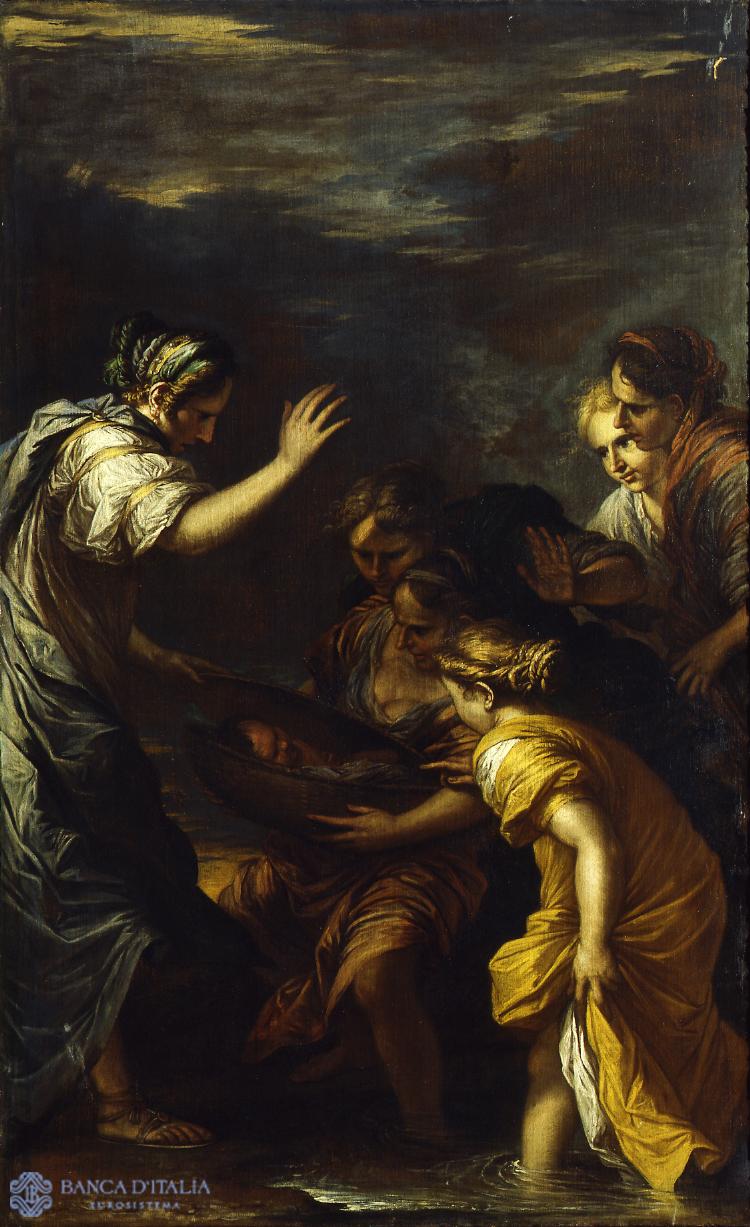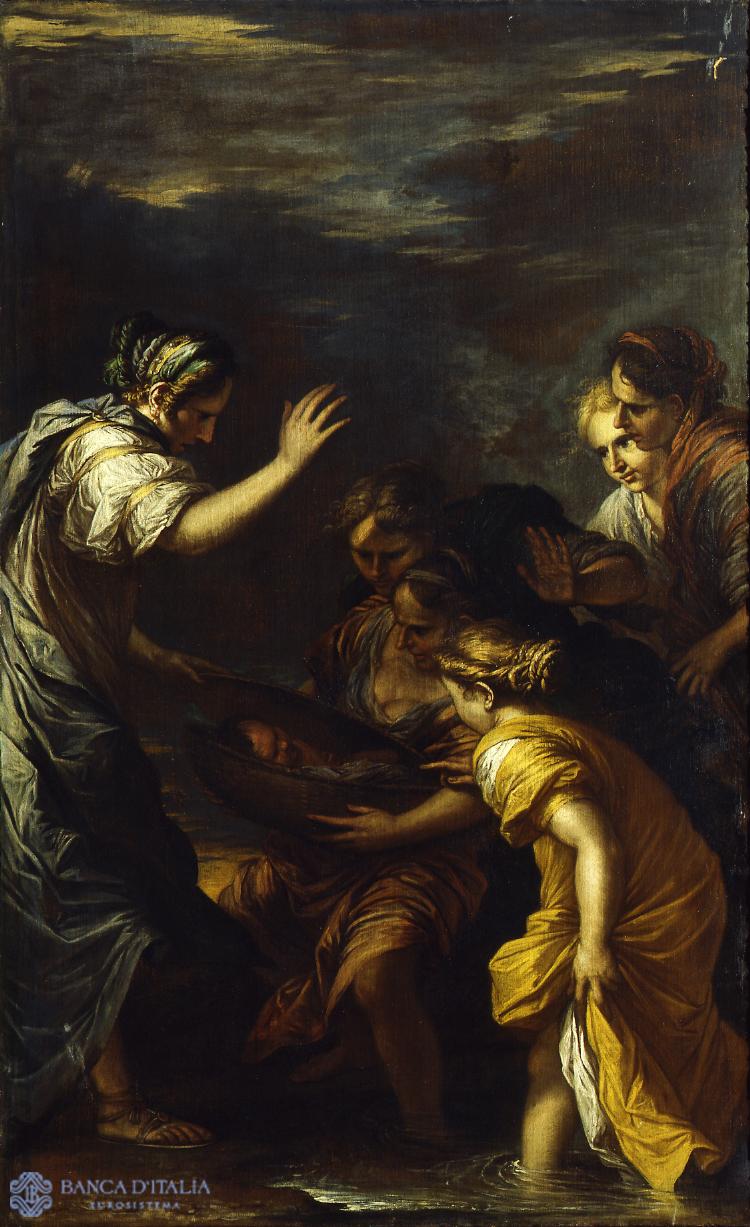Salvator Rosa was one of the most important Neapolitan painters of the 17th century. He was born in Naples in 1615 and trained in the studios of Francesco Fracanzano, who later married his sister, and Aniello Falcone; he was probably also a pupil of José de Ribera.
He moved to Rome in about 1635, where he came into contact with Cardinal Francesco Maria Brancaccio, who commissioned from him an Incredulity of Thomas (Museo Civico, Viterbo) and two paintings for the Cathedral of Fabriano. In Rome he began to follow the style of genre painting of the Bamboccianti and came under the more classical influence of Pietro Testa, Claude Lorrain and Nicolas Poussin. He moved to Florence in 1640 and spent eight years in the service of Giovan Carlo de’ Medici, brother of Grand Duke Ferdinand II. During this period he executed numerous painting for the court, wrote a number of satires (La Musica, La Poesia and La Guerra) and founded the Accademia dei Percossi, which attracted many poets, scholars, scientists and painters.
In 1649 he returned to Rome, where he became a member of the Accademia di San Luca and took part in the periodic exhibitions held at the Pantheon. Despite the protection of prelates and important members of Roman society, he gained many enemies as a result of his writings ridiculing the papal court for its ostensibly immoral conduct. In 1672 he painted the Martyrdom of St. Cosmo and St. Damian for the Church of San Giovanni de’ Fiorentini. He died the following year and was buried in the Church of Santa Maria degli Angeli.
Salvator Rosa
Salvator Rosa (Naples 1615 - Rome 1673)
17th century AD


